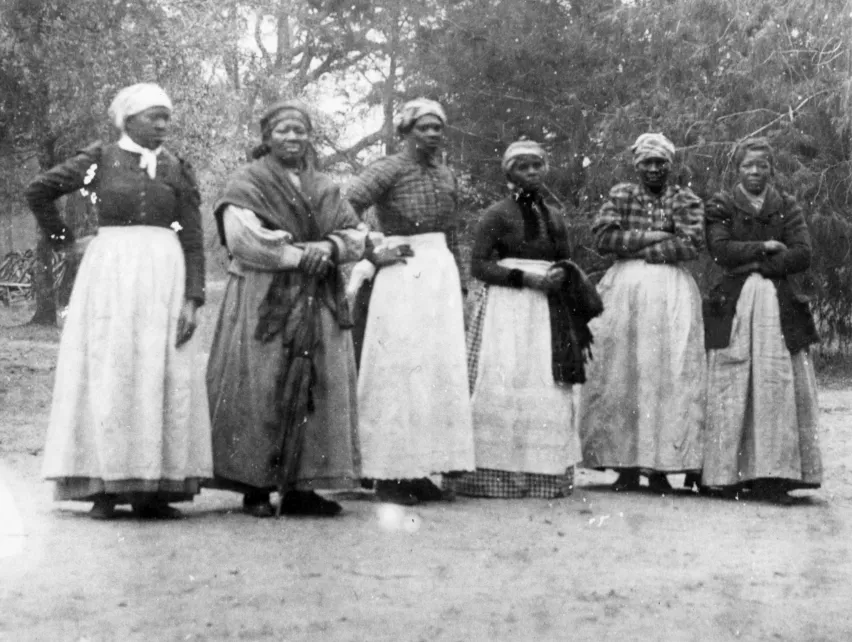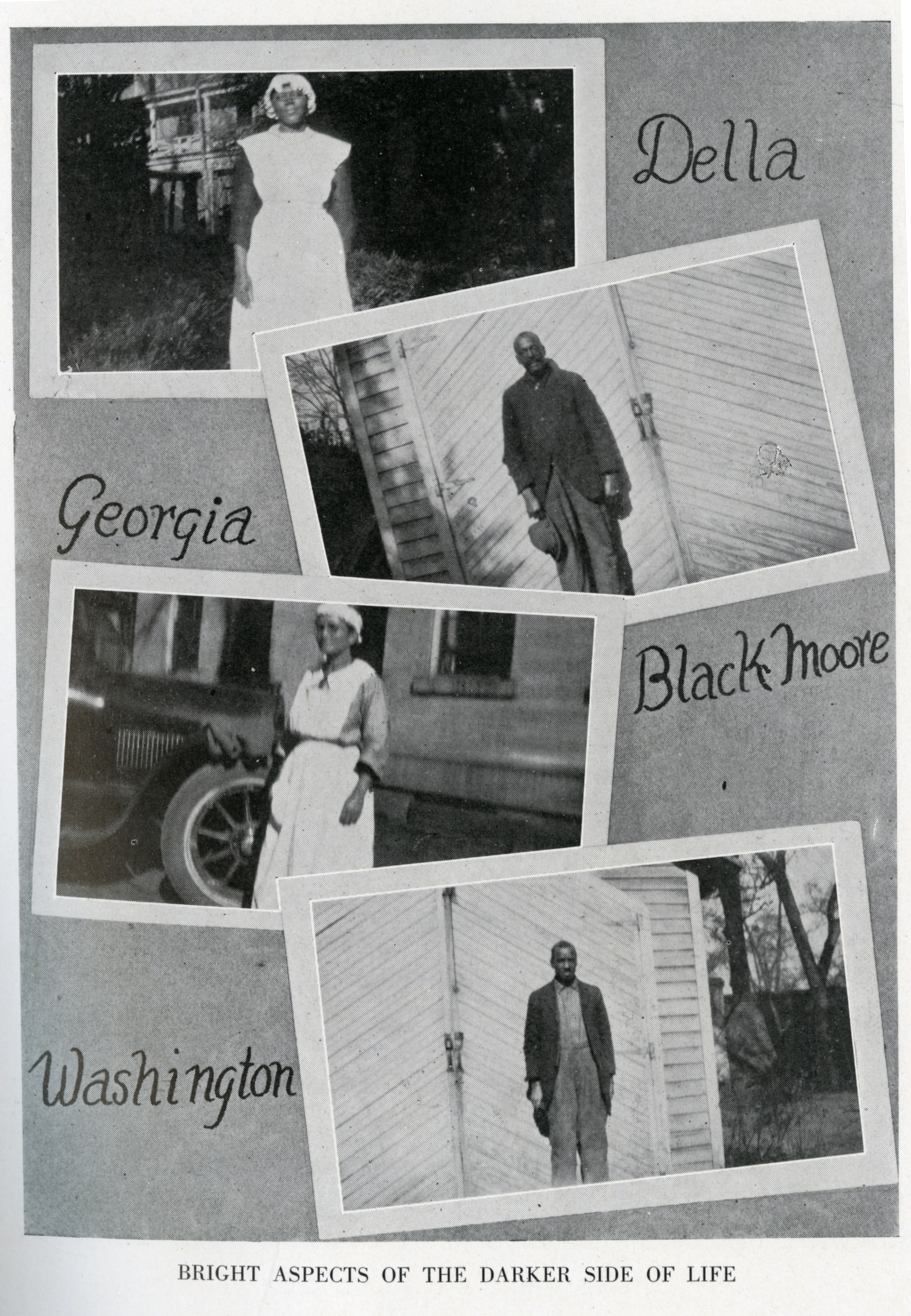Including Voices Long-Unheard
Monday, March 26th 2018

Imagine having a story to share with others but being unable to do so. Perhaps, no one wanted to hear what you had to say—even if your contribution would make everyone’s experience more meaningful. Maybe your voice was muted intentionally; maybe it was quieted, or silenced altogether, through circumstances, including the passage of time. Now imagine being someone who finally hears what was being said, maybe not fully, but enough to better appreciate your experiences.
When written with several voices and perspectives in mind, history becomes a far more accurate (and meaningful) account of our past. This May, previously under-represented or unheard voices will enrich our understanding of Columbia’s Hampton-Preston Mansion, as we commemorate the 200th anniversary of its construction through new interpretive content and capital improvements to the building and its surrounding gardens.

Historic Columbia collection
This coverage, and further information about the owners who held them in bondage, will result in a more holistic understanding of the site and the institution of slavery that framed the South’s racial, social and economic character.
Some improvements have been years in the making, and to varying degrees, built upon previous milestones, such as the Home to Many People exhibit from 2003 that investigated the role of urban slavery in shaping Columbia. Thanks to new research findings, Historic Columbia soon will offer greater information about the enslaved African and African American people who ensured the antebellum Hampton-Preston estate’s daily operation. This coverage, and further information about the owners who held them in bondage, will result in a more holistic understanding of the site and the institution of slavery that framed the South’s racial, social and economic character. Further discoveries—about the site after the Civil War—grant insight into the black and white people associated with (or barred access to) the property during its later uses as the campus of two women’s colleges and as a tourist home.
While few names survive of those who were enslaved by the family, the ones that do underscore the humanity behind the labor that benefited generations of white owners. The same applies to later African Americans employed at the colleges that once operated at the former antebellum estate. Piecing together these people’s lives through the modest surviving records, images and references to who they were, where they lived and how they worked, will manifest itself in exciting ways designed to ensure visitors to the venerable property leave it with a more informed understanding of the persons and events associated with it during the past two centuries.
Learn more about the 200th anniversary of the Hampton-Preston Mansion.